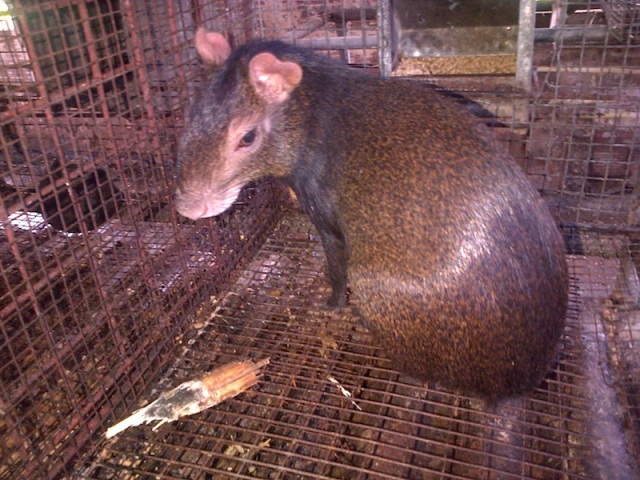Reblogged from ICT4Ag Blog
In the Caribbean region, Information and Communication Technology (ICT) is prevalent with mobile penetration at a particularly high level. Access to computers, smart phones, tablets and other ICTs is needed in every industry, with the easiest access found in the business, education, tourism, commerce and energy industries. However, with respect to the agricultural sector, ICT support varies considerably across the islands.
Some countries, such as Jamaica make heavy use of ICTs and social media in their various agricultural authorities such as the Rural Agricultural Development Authority (RADA). Conversely in several other islands, ministerial facilities and divisions are on occasions under-resourced and lack appropriate technologies which could improve service and efficiency.
Regardless, there are several examples that can be found, whereby business and research divisions source the necessary equipments to facilitate their needs, particularly along the agri-food value chain.
At the University of the West Indies Field Station in Trinidad and Tobago, livestock researchers have employed microchip technology to assist in research efforts for Agouti production. Agoutis are large mammals belonging to the rodent family. This wild mammal is native to South America and the Caribbean. Along with other animals such as manicou and iguana, it is referred to and consumed locally as ‘wild meat’ meaning that it must be hunted.
Conversely, research efforts at the agricultural field station have established a production system for the animal similar to that of rabbit production and other small ruminants. The aim is to facilitate a timely value chain that will provide the meat to the public which is in high demand. Although micro chipping animals is not a novel idea, establishment of an entirely new option in meat production is. Using the technology, researchers are able to communicate and record important data such as genealogy, size and growth rate which will then support research activity. Despite this interesting precedent, researchers face issues in acquiring the necessary funding for continued and further investigate work.
In one of Trinidad and Tobago’s rural areas, young agri entrepreneurs have started a novel idea called Online farming. Using the social media giant Facebook these innovators have enacted upon their Online Farming Concept with great results. Consumers are able to choose a vegetable crop and manage its development via social media.
By selecting a ‘bundle’, all inputs such as seedlings, fertilizers, pesticides, record keeping, labour and of course, the land resource is included in a small investment. Via this one on one service, consumers can make that investment and monitor its progress online, through posted pictures and video, without even having to leave their home or workplace.
Apart from providing this innovative service, the strategy raises interest in farming and agriculture by the general public, allowing them to truly understand the value chain process. Consumers are in fact agribusiness owners as they actually make decisions concerning their crops online.
If need be consumers can visit their investment for a hands on experience . In addition, once the crop is harvested, profits from its sale or the crop are shared between the owners and the investors.
Another major example can be found in the mFisheries suite open source mobile and web applications. This mobile app is use in five fishing communities of Trinidad and Tobago. Fisher folks have access to several services geared towards supporting their efforts in the industry. These include, Prices of fish varieties, GPS technology, a Compass, the “Got Fish/Need Fish” which connects fishermen to one another for market exchange as well as several other services.
The creators of the application will be very much present at the Plug and Play event for the ICT4Ag conference set to take place in a few days in Kiglai Rwanda. You are encouraged to visit the session and learn of its benefits, development challenges and plans for upgrade by the creative team.
These examples, all clearly illustrate ingenuity and innovation based on the necessary need of the creators and their target market. Each aspect, to some extent, involved research and development without which a sensible value chain cannot succeed or progress.

Reblogged this on Ebites 1 and commented:
A well written post, worth reading.
Reblogged this on NGOUAMBE Nestor's Blog.